On February 25, Space X is planning to launch its Falcon 9 rocket from Vandenberg Space Force Base – 100nm (ish) north of Los Angeles.
It will carry no less than fifty satellites (yes fifty) into Earth’s lower orbit. As a result, three aircraft hazard areas will be established which may affect oceanic traffic in the Eastern Pacific, along with some of the Pacific Organised Track System (PACOTS). Here’s a brief rundown of the potential impact.
Primary and Back Up Launch Days
Lift-off is planned for Feb 25. However, the period of Feb 26 – Mar 1 is also designated as a back-up.
While the launch itself will be short-lived, the window for each attempt is quite long – almost five hours. The exact timings vary each day, but will extend from early morning until early afternoon (Pacific Standard Time).
Here’s a rundown of the airspace to look out for.
Los Angeles FIR
A small hazard area will exist from the launch site to approximately 125nm south, off the Californian coastline. Aircraft transiting via oceanic transitions FICKY, ELKEY, DINTY and AUDIA may all be impacted. This includes several airways linking Hawaii to the US mainland.
The Mexico FIR
A second hazard area will exist further south, off the Baja California Peninsula and is unlikely to cause any significant impact.
Here’s a picture of both:
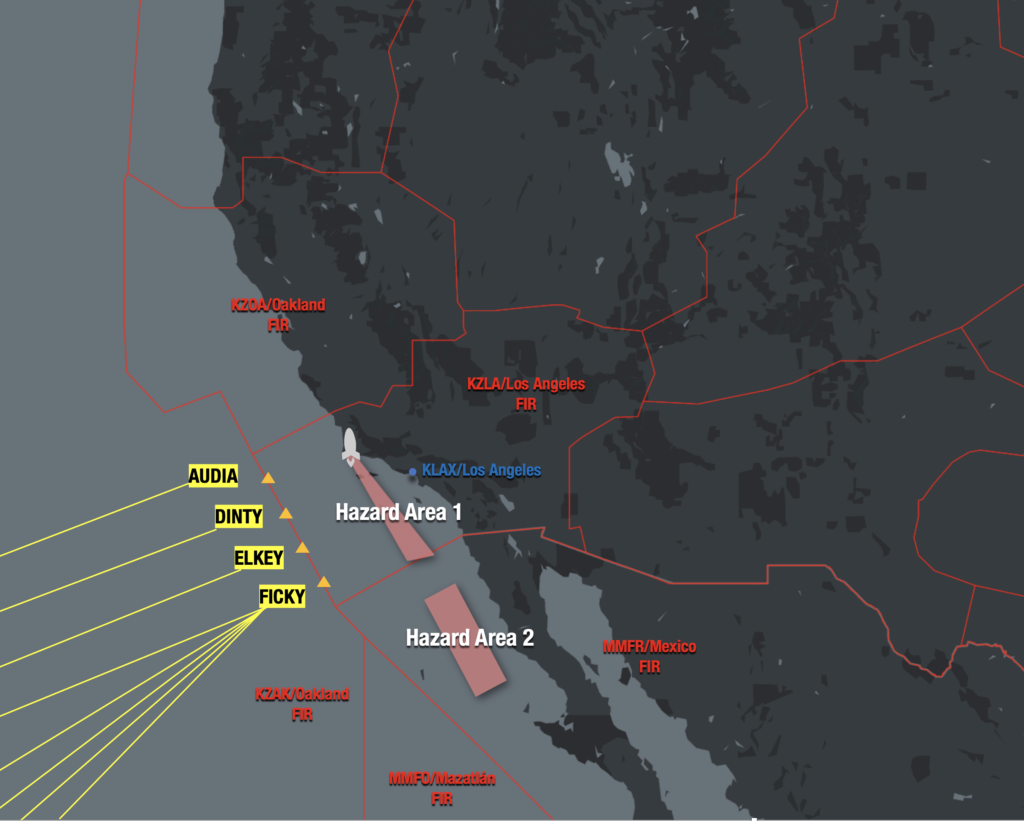 South of the Equator
South of the Equator
A large and remote section of airspace in the South-Eastern Pacific will be affected – 1300nm off the coast of South America. It occupies both part of the NO FIR zone (XX01) and the SCIZ/Isla de Pascua FIR. This is because the second stage (or piece) of the rocket will splash down in this area.
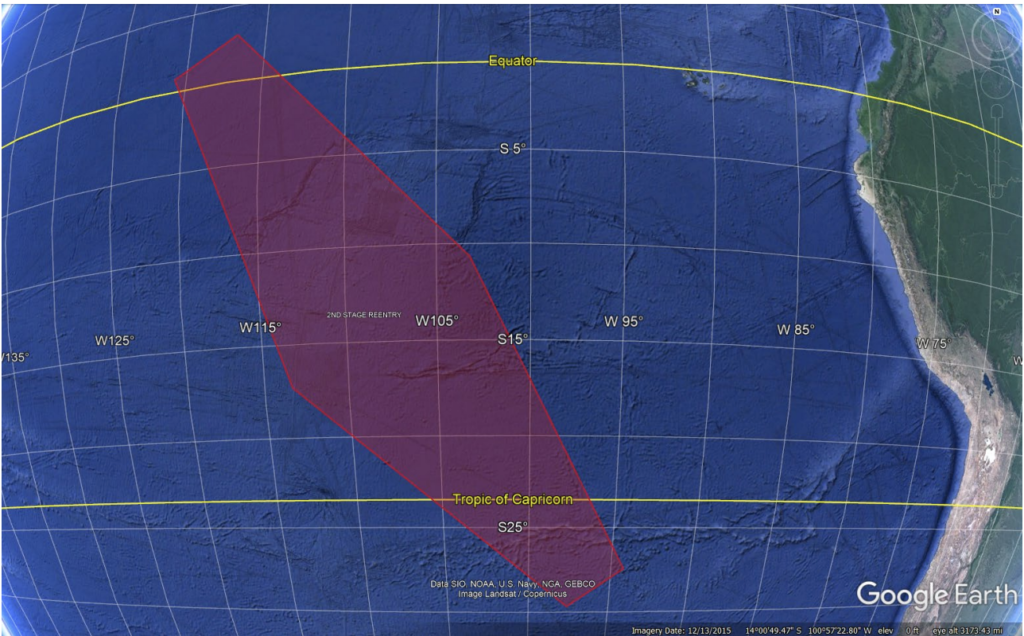
The Impact
Essentially, delays. But the good news is that they’re expected to be only minor. ATC may reroute aircraft to protect the hazard areas, or apply mile-in-trail restrictions. In all cases they don’t expect to hold aircraft up by more than a few minutes.
However, be on the lookout for unusual or unexpected changes to your clearance – if you’re wondering why, the launch is likely the reason.
Commercial Aviation vs Space Flight
The impact of commercial space operations on the world’s airspace is becoming a problematic issue. And in one way or another both the aviation and space industries will need to find better, or more efficient ways to share. This launch shows we’re not there just yet. If you’d like to read more about this particular conundrum – check out our recent article here.
More on the topic:
- More: Major US Rocket Launch Incoming
- More: Cornish pasty with a side of Rocket
- More: Space. The Final Frontier.
- More: When Worlds Collide: Commercial Space And Civil Aviation
More reading:
- Latest: More face scans at the US border for BizAv flights
- Latest: Greenland NAT Alternates: Dec 2025 Update
- Latest: Mexico Customs Surprises: Pills, Vapes, and Laptop Rules
- Safe Airspace: Risk Database
- Weekly Ops Bulletin: Subscribe
- Membership plans: Why join OPSGROUP?



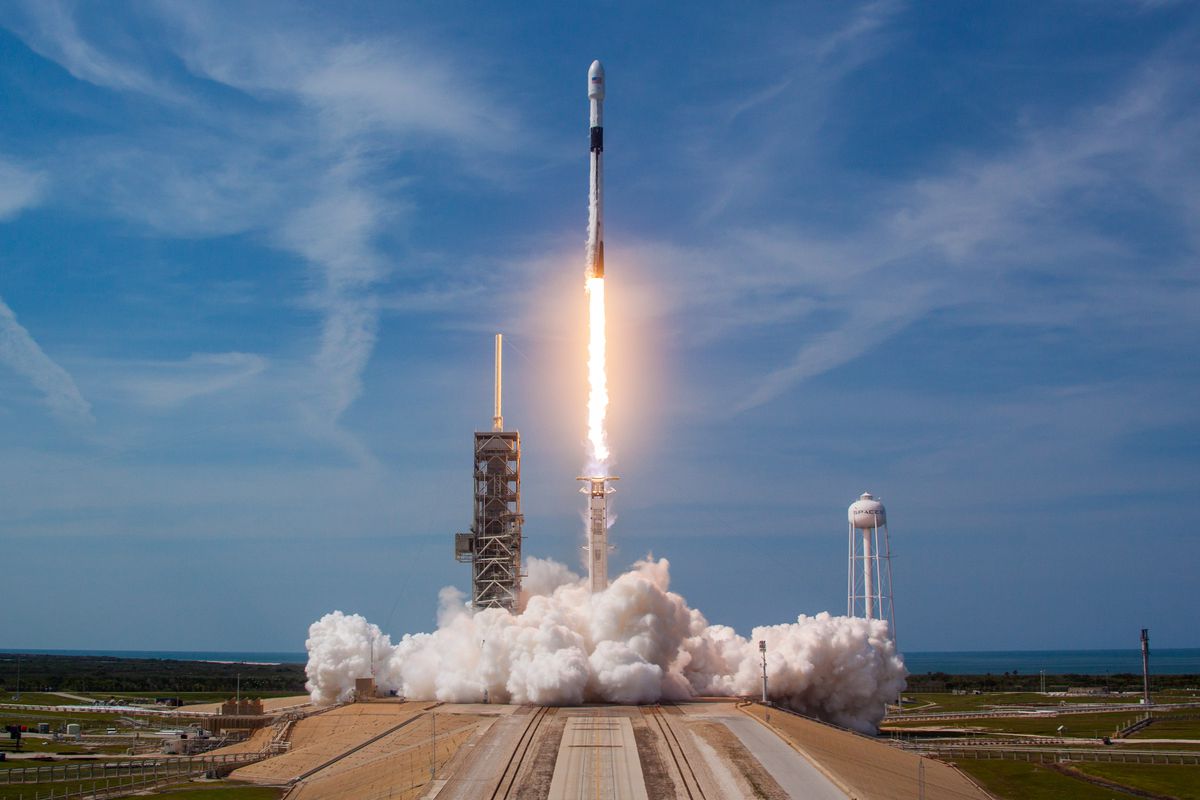

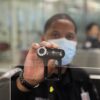





 Get the famous weekly
Get the famous weekly 



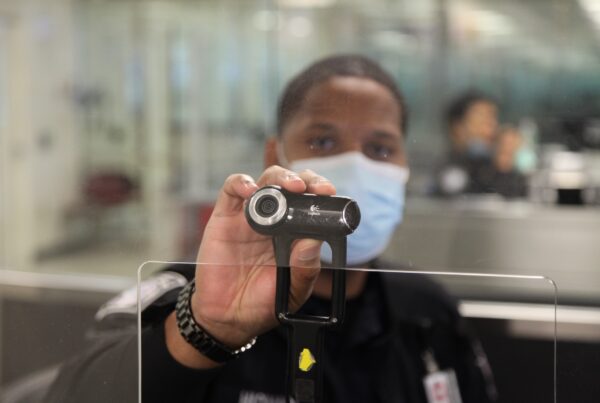


Progress is being made. FAA recently issued a change to Order 7110.65 which has new Debris Response Areas (DRAs) to manage space vehicle operation mishaps that may occur in the NAS. When this order goes into effect on April 19, controllers will have to manually draw the DRAs prior to a launch or reentry operation (similar to what they do today with a TFR). If aircraft are in a DRA or approaching a DRA when a mishap occurs, the controller reactively moves those flights to safety before debris reaches aircraft altitudes. In the future, the DRA boundary will be automated in ERAM and a message from the ATCSCC will activate the DRA if a mishap occurs. Immediately thereafter, Conflict Probe will identify impacted aircraft.
Thanks for sharing – this is great info, Miro!